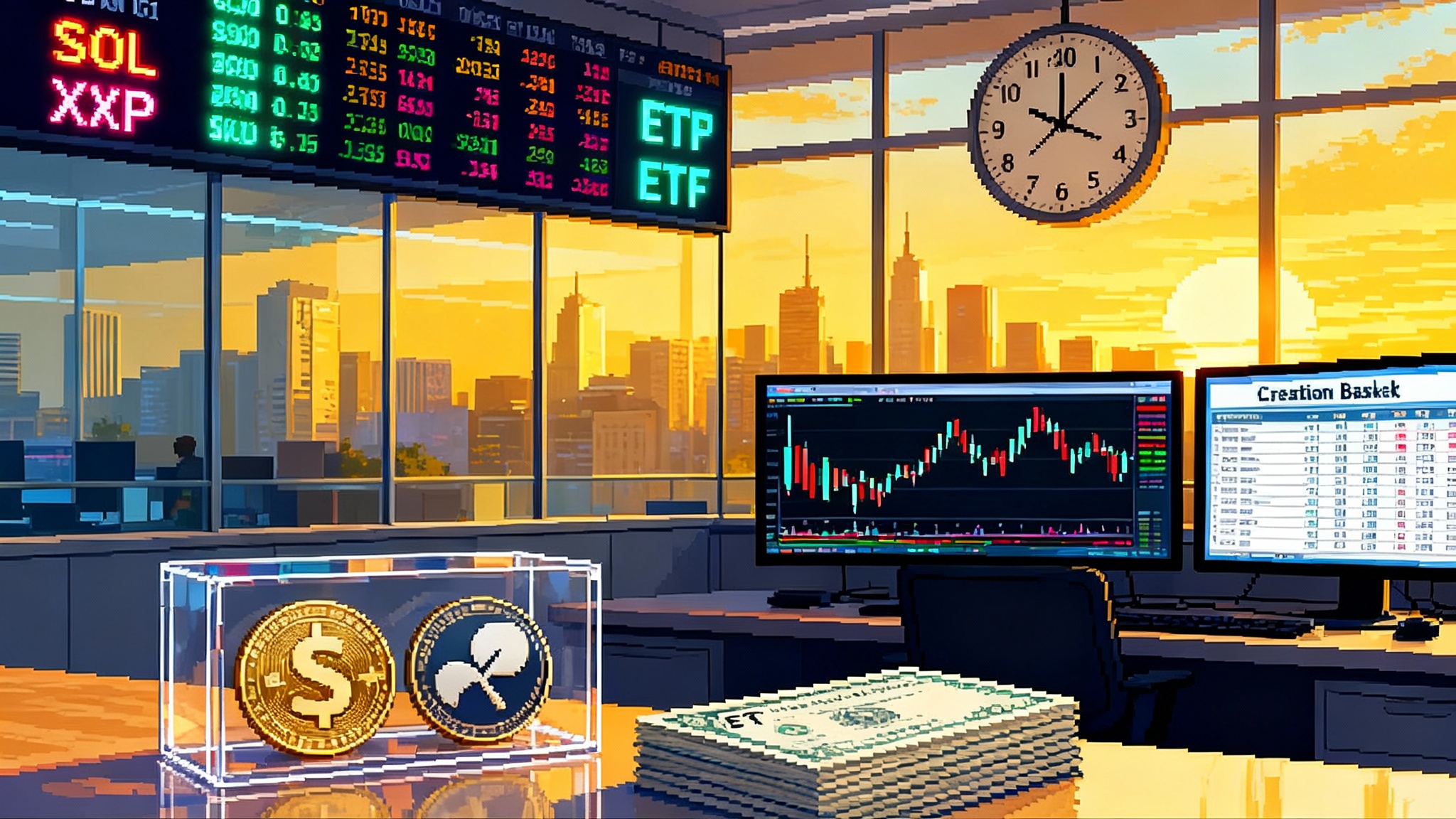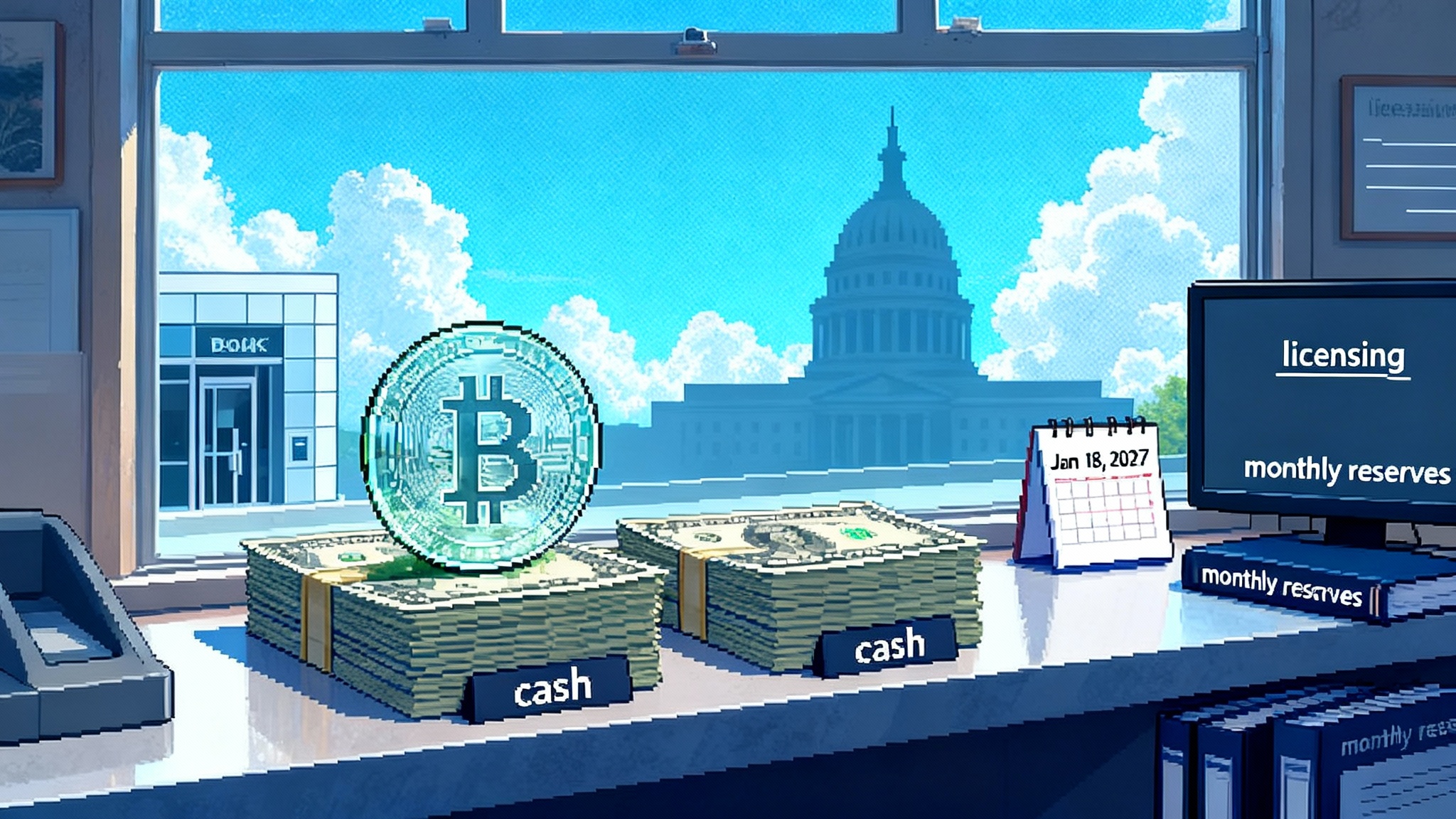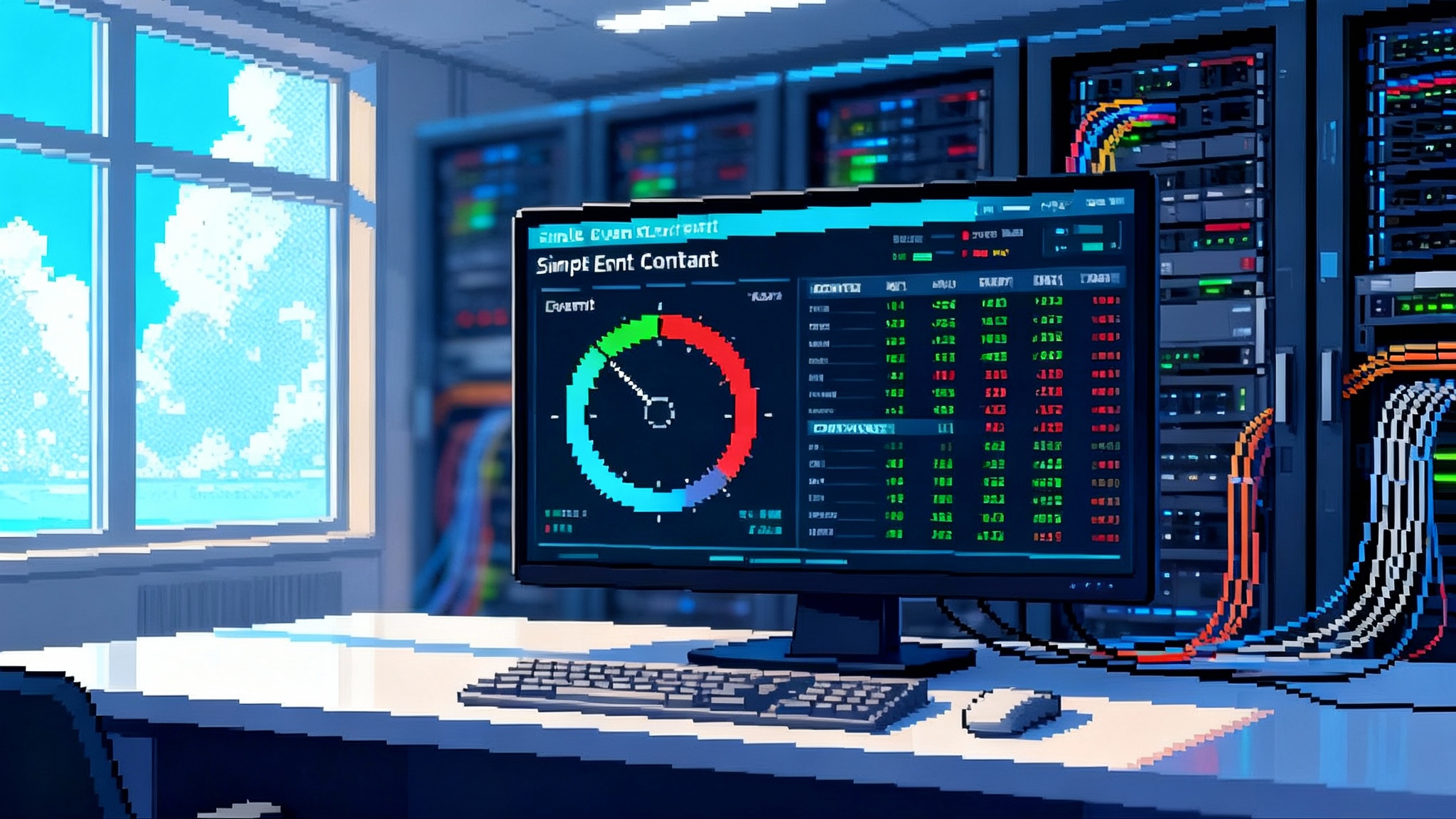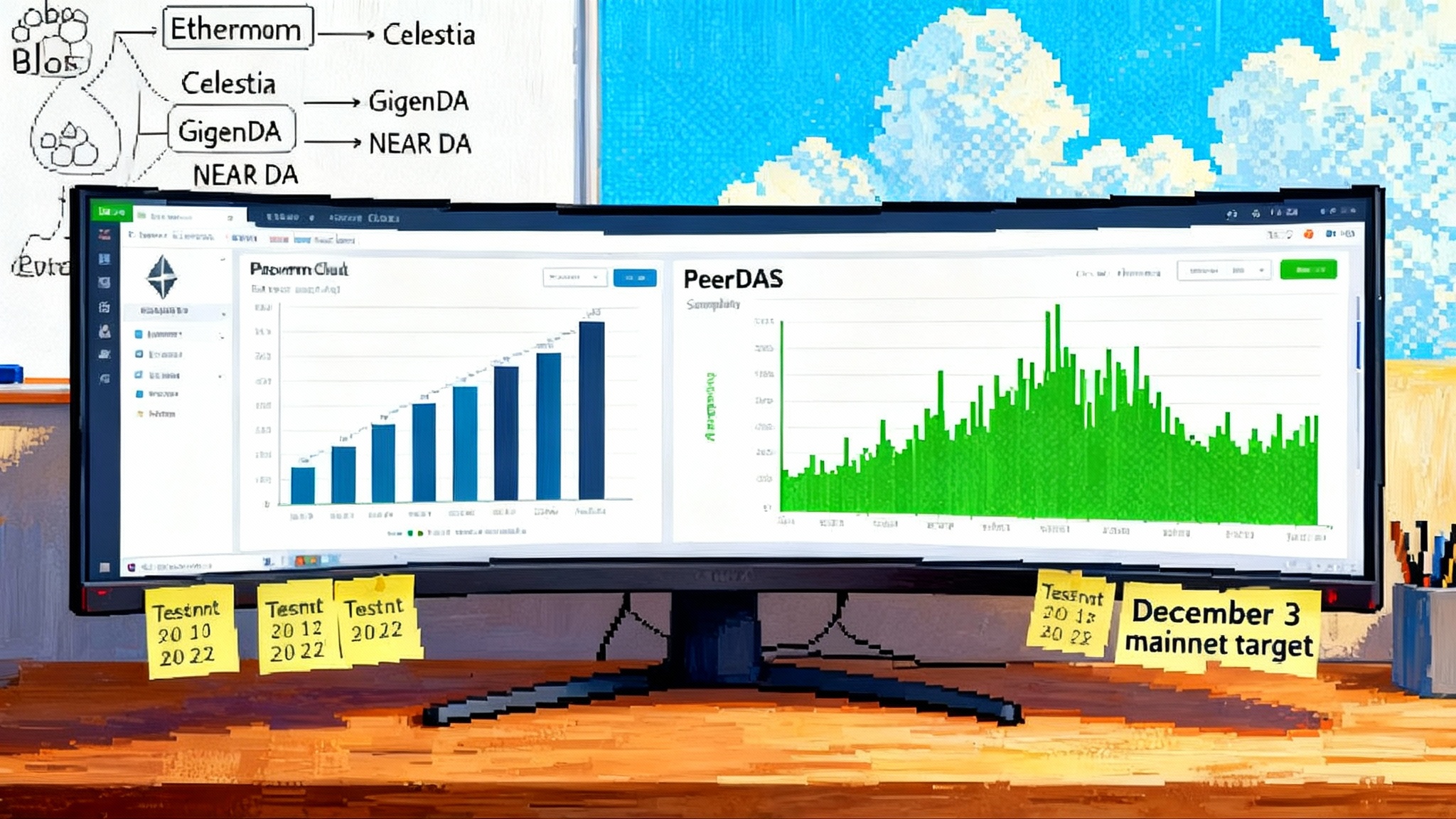Altcoin ETFs Fast Track: SEC Clears Runway for SOL and XRP
A September 17–18, 2025 vote created generic listing standards that can cut crypto ETF timelines from roughly 240 days to as few as 75. Here is why Solana and XRP likely lead, how the new rules reshape liquidity and volatility, and what traders should do in Q4.

The fast track arrives
On September 17 and 18, 2025, the Securities and Exchange Commission approved generic listing standards for exchange traded products that hold spot commodities, including digital assets. The change sounds technical. In practice, it replaces bespoke, case by case approvals with a standing rule set that exchanges can use to list qualifying funds without another months long rule filing. Industry timelines that stretched up to about 240 days can compress to as few as 75 days, which is the difference between a holiday season launch and waiting until spring. The decision applies to the major U.S. listing venues and is already reshaping issuers’ playbooks as they withdraw older filings to refile under the faster path. The move echoes SEC's innovation fast lane aimed at shortening market access timelines. Reuters summarized the shift and the new timeline.
In lockstep with the policy shift, the Commission also highlighted approvals that matter for market plumbing. Options tied to the Cboe Bitcoin U.S. ETF Index received approval, and the agency detailed that exchanges can list commodity based trust shares that meet the new generic standards without another rule change. That combination of a faster on ramp and a clearer derivatives toolkit is a market structure story, not only a headline. The Commission’s press release lays out the scope.
Why Solana and XRP likely lead the first wave
The new standards give three clear routes for a commodity based crypto fund to qualify at launch:
- The underlying token trades on a market that belongs to the Intermarket Surveillance Group so the listing exchange can obtain trading data.
- The token underlies a futures contract that has traded for at least six months on a designated contract market with which the listing exchange has a surveillance sharing agreement.
- Another exchange traded fund listed on a national exchange already provides at least 40 percent of its net asset value in exposure to that same commodity.
Those criteria create real, testable gates rather than interpretive debates. Solana and XRP stand out because they map to the futures gate. Coinbase Derivatives, a designated contract market regulated by the Commodity Futures Trading Commission, listed monthly cash settled futures on Solana in mid February 2025. Six months later that box was checked. XRP futures went live in late April 2025, which means the six month threshold comes due around late October 2025. Said more plainly, Solana checks the box today; XRP is within days of eligibility as Q4 begins.
Market capitalization and liquidity also matter. Both assets have deep spot markets, active offshore perpetuals, and a large distribution across U.S. facing centralized venues. That footprint helps authorized participants hedge creations and redemptions and helps market makers keep tight spreads during the first weeks of trading. Regulators do not need to bless popularity, but the machinery of an exchange traded product works better when its underlying market already behaves like an institutional asset.
Finally, Solana and XRP have issuers that have already done the legal homework. Several teams filed spot trust proposals in 2024 and 2025, then withdrew or paused their exchange rule filings when the generic pathway opened. Those drafts can be retooled for the new route and updated to the latest disclosure templates. In an issuance race with a 75 day track, head starts matter.
What actually changes under generic listing
Think of an exchange listing as a highway on ramp. Before September, each crypto fund needed a custom construction permit. Now there is a standard design that can be used again and again. The highway itself is the same; the speed limit is the same; drivers still have to obey the rules. What improves is travel time from the parking lot to the first mile marker.
Here is how the mechanics shift for new altcoin funds.
-
Creation and redemption. In July 2025 the Commission permitted in kind creations and redemptions for crypto exchange traded products. That change allowed authorized participants to deliver or receive the underlying coin rather than cash only. For Solana and XRP funds, expect issuers and authorized participants to choose whichever mix of cash and in kind flows is operationally cheaper on a given day. In kind flows help reduce slippage and minimize conversion costs when on chain and off chain prices diverge. Cash flows are still useful when coin access is tight or when sell side desks quote better all in conversions.
-
Custody. Regardless of listing rules, crypto funds must hold assets at a qualified custodian or under an arrangement that satisfies audit, segregation, and security requirements. Expect the same roster of institutional custodians to support Solana and XRP: cold storage, address whitelisting, hardware security modules, multi person controls, and regular attestation reports. These controls are not decoration. They decide how fast coins can be moved when creations surge, whether collateral can be posted to market makers in minutes rather than hours, and whether a fund can handle a hard fork or protocol event with minimal disruption.
-
Non staking constraints. Precedent matters. U.S. spot crypto funds have consistently registered with explicit language that they will not stake, lend, or otherwise use portfolio assets for yield. That stance is likely to hold for first wave Solana and XRP funds even as staking debate evolves. The logic is straightforward. Staking introduces operational dependencies, slashing risk, and a new class of income, all of which complicate tax, accounting, and custody. In the first iteration, issuers will favor a plain commodity exposure design that maximizes clarity and minimizes surprises.
-
Options listing. The quickest derivatives to show up will be options on the ETF shares themselves, not options on the underlying tokens. Exchanges can add a new options class when an ETF meets price, volume, and operational criteria. For Bitcoin ETFs this process took weeks, not quarters. As Solana and XRP funds meet those criteria, expect standardized options to follow, which gives market makers another hedge tool and gives traders a way to shape exposure to defined events such as index adds, unlocks, or protocol upgrades.
How flows and volatility could shift
A spot ETF is a specialized logistics network. It pulls capital from the securities side of the financial system, transforms that capital into coin, and stores that coin under strict controls. That network changes where liquidity sits, who touches the underlying asset, and how volatility is expressed.
-
On chain inventory and free float. If the first Solana and XRP funds attract steady assets under management, custodians will sequester a meaningful number of coins. Those coins will not be in staking programs and will not be circulating on centralized exchanges. The free float available for spot trading tightens, which can amplify intraday moves when price sensitive flows arrive suddenly. Over a quarter or two, however, a larger base of long term holders in the form of funds tends to dampen dramatic selloffs because forced distribution is rarer than with leveraged traders. See Solana scaling via Firedancer for the next performance step.
-
Authorized participant hedging patterns. When creations are done in cash, authorized participants must source coins in the market. That pulls liquidity from centralized exchanges or from large over the counter desks, and it can push price up in late afternoon U.S. hours when creations are finalized. When creations are in kind, the flow runs the other way: market participants who already hold coin deliver to the fund and receive shares. In both cases, arbitrage bands between the fund’s price and its net asset value tighten as desks learn the weekly rhythm of flows.
-
Options and volatility regime. Once standardized options on the ETF shares list, systematic sellers of volatility will show up, just as they did for Bitcoin ETFs. This adds a supply of implied volatility that often compresses short dated options into event windows and steepens skew when downside protection is bid. For altcoin funds, the implied volatility surface is likely to evolve from the offshore perpetual swap and options markets rather than from scratch. Expect correlations to Bitcoin and Ethereum volatility to remain high at first, then decouple during asset specific catalysts.
-
U.S. inflows versus offshore venues. A U.S. listed ETF is eligible for brokerage platforms, retirement accounts, and model portfolios that cannot or will not touch offshore venues. That unlocks a large pool of passive and rules based demand inside the United States. Offshore venues do not vanish. They become the venue of choice for leverage, basis trades, and high frequency arbitrage between the ETF, U.S. regulated futures, and perpetual swaps. The presence of U.S. options on ETF shares adds another bridge for cross market hedging.
Why this does not replay last cycle’s narratives
Altcoin ETFs are not just another scaling story or a restaking rerun. They are a distribution story. The funds map crypto assets to the mainstream rail of brokerage accounts and model driven allocators, much like when tokenized equities hit prime time. That rail rewards simplicity, repeatability, and cost. The organizations that win will be those that deliver dependable exposure at scale, not necessarily those with the flashiest on chain innovations.
At the same time, the funds put new eyes on protocol level reliability. For Solana, that means uptime and throughput that match its reputation. For XRP, that means stable throughput in cross border and remittance use cases, with predictable fee dynamics. When a fund holds billions of dollars of coin and creation queues stretch into the afternoon, chain level hiccups turn into operational headaches for authorized participants and market makers. The best way to earn durable flows is to make the plumbing invisible.
The Q4 2025 playbook for builders and traders
If you build infrastructure or trade professionally, treat the next quarter as a preparation sprint. Here is a pragmatic checklist.
For builders and infrastructure teams:
- Stress test RPC and indexing for ETF hours. Expect heavier U.S. afternoon activity as creations and redemptions are finalized. Prepare read heavy workloads for bursts between 3:00 p.m. and 5:00 p.m. Eastern Time.
- Expose custody aware workflows. If you provide enterprise wallets or treasury tools, make it trivial for institutions to designate whitelisted creation addresses, pre stage transfers, and reconcile with fund administrators on T plus 1.
- Offer ETF aware oracles. Many DeFi systems still rely on offshore prices. Build or integrate oracles that reference consolidated U.S. ETF and futures prints during U.S. hours and switch to global markets overnight. Publish methodology notes so integrators can evaluate edge cases.
- Design non staking vaults. If your product assumes staking yield, add a non staking vault mode that mirrors fund constraints for risk parity testing and for partnerships with issuers.
- Smooth fiat rails. Issuers and authorized participants still operate in cash. If you operate stablecoin on and off ramps, optimize large ticket throughput, intraday settlement windows, and audit trails tailored to fund operations.
For traders and risk managers:
- Map the eligibility calendar. Solana is already through the six month futures gate. XRP crosses that threshold near the back half of October. Track expected S-1 effectiveness dates and likely launch windows and plan liquidity accordingly.
- Watch creation cost proxies. The spread between spot and U.S. regulated futures, borrow rates for coin, and offshore basis will tell you whether creations are more likely to be cash or in kind on a given week. Position into that friction.
- Prepare for options on the shares. As soon as ETF options list, use them to express directional and correlation views without the custody legwork of holding spot. Expect spreads to tighten as market makers stabilize their hedging recipes.
- Use net asset value dislocations sparingly. Early days often feature small discounts or premiums as authorized participants calibrate. Those windows are not gifts; they are compensation for providing balance sheet at the exact moment it is needed. Size positions accordingly and know the cutoff times for creation orders.
- Re evaluate risk budgets. If you already trade offshore perpetuals, expect more cross market flow and temporary changes in funding rates around U.S. closes. Recalibrate max loss limits and margin buffers to the new rhythm.
What success will look like by year end
A successful rollout will not be measured by a single day of inflows. It will look like this: the first Solana and XRP funds list without operational outages; spreads are tight enough for model driven allocators to buy without manual overrides; options on the shares list quickly and attract organic liquidity; and authorized participants can switch between cash and in kind creations without drama. If that happens, issuers will push the generic standard into other assets that satisfy the gate tests, and the center of gravity for crypto distribution in the United States will shift decisively into registered products.
Crypto never stands still. But this time the big change is not a new protocol trick. It is a clear set of rules for how to put existing protocols on the shelves of every investor who uses a brokerage account. That is a quiet revolution, and it is already underway.








